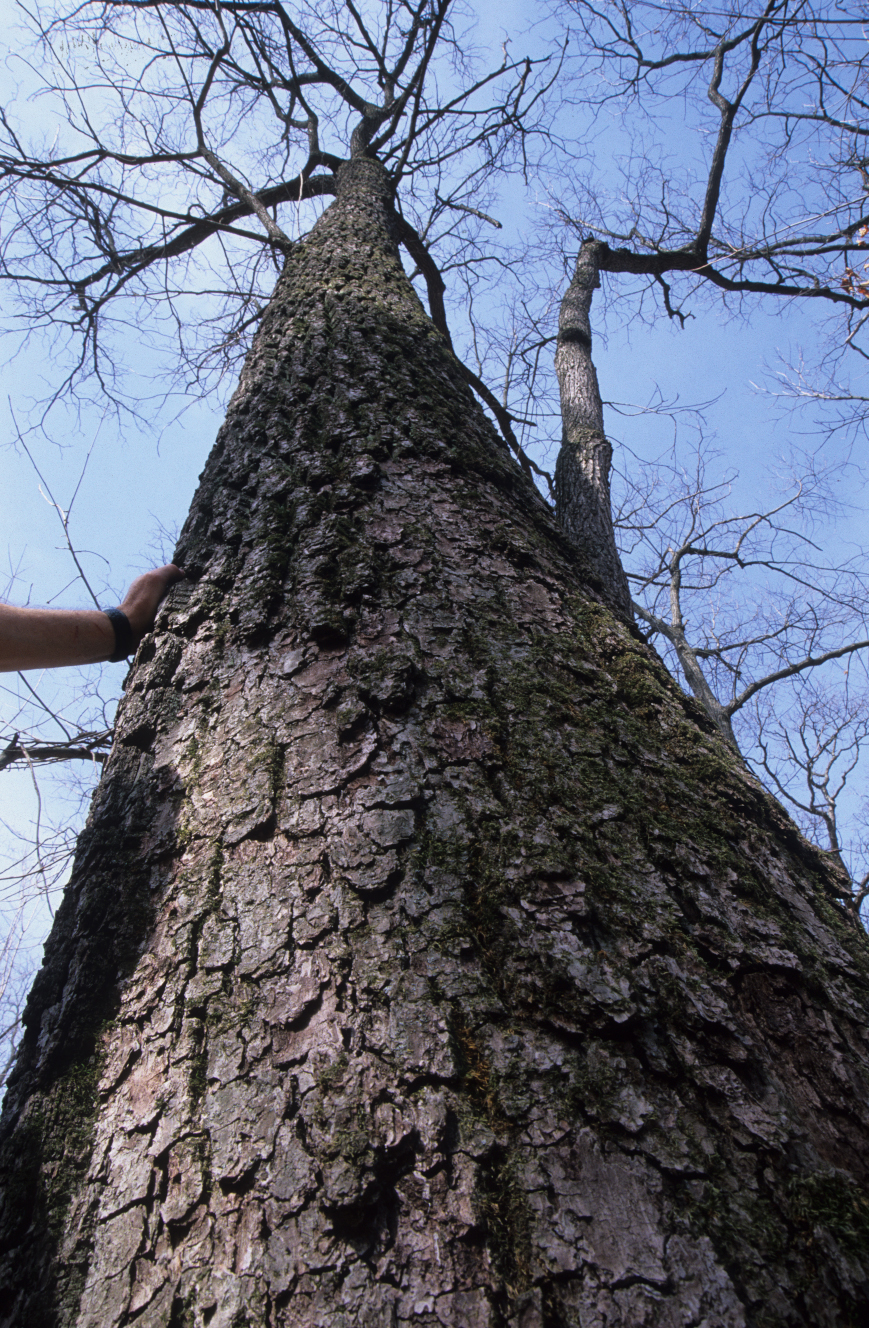By Michael Hillstrom, DNR Forest Health Specialist, Fitchburg, michael.hillstrom@wisconsin.gov
Once in a while, the Wisconsin DNR Forest Health Team gets to deliver good news about an emerging insect or disease issue!
Recent research suggests that thousand cankers disease of walnut is not the threat we initially feared when cases appeared for the first time in the eastern U.S. in 2010. Thousand cankers disease is caused by walnut twig beetles carrying a fungal pathogen. The disease has yet to be detected in Wisconsin.
Following its arrival in the eastern United States, the insect’s populations declined. Many stressed urban trees recovered after drought conditions subsided in the impacted areas, and forest trees have fared even better than their urban counterparts. Additionally, walnut twig beetles don’t enjoy Wisconsin winters, as mortality begins in the low single digits Fahrenheit. Perhaps this is why we have not yet found the walnut twig beetle in Wisconsin.
Given the reduced concern about thousand cankers disease, the Wisconsin Department of Agriculture, Trade and Consumer Protection is beginning the process to remove the external quarantine of walnut wood from thousand cankers disease-infested areas.
Recently published integrated pest management tools should help further alleviate concerns across black walnut’s native range in the eastern U.S. and provide guidance for the western states where thousand cankers disease remains a serious concern.

